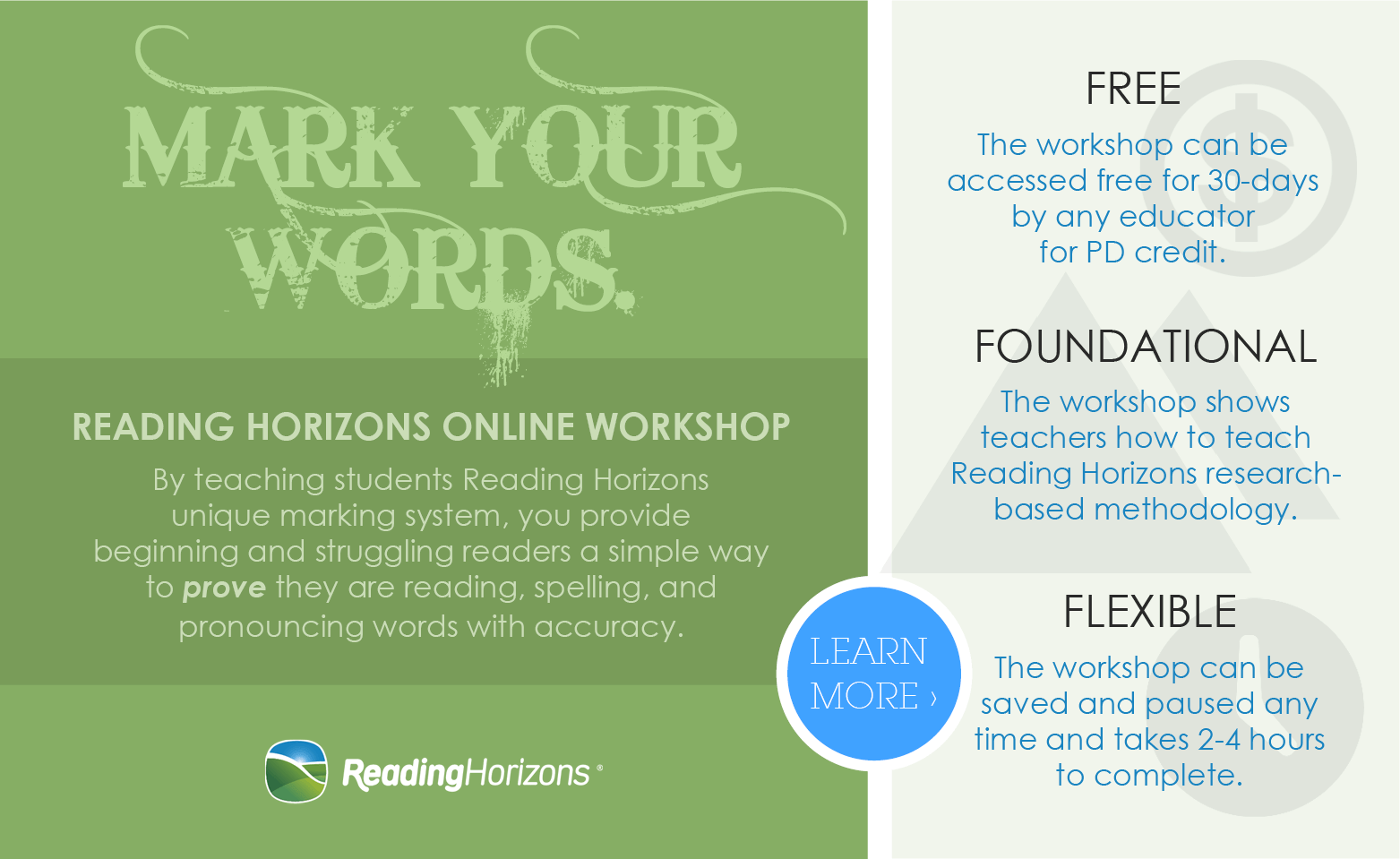April 14, 2015
Using the DIBELS Assessment to Differentiate Reading Interventions

For the last few weeks we have been testing all of the students in our school. We give each child a DIBELS test to help predict his or her reading success. This test is the measure our state uses to determine if a child is on grade level. It consists of multiple one minute timings that measure oral reading fluency, oral reading accuracy, retell fluency, phoneme segmentation fluency, nonsense word fluency, first sound fluency, and letter naming fluency.
Now that we have the results of all of these measures, the rest of the fun begins…Time to dive in and look at what the results mean.
As educators it is so important for us to review and analyze the data and information available for each child. It is almost as if we are doctors looking at our struggling readers’ data and trying to prescribe the correct interventions to help them become successful readers. Like doctors, however, we need time and resources to determine the best solutions. Each child is so different, and what works for some students may not work with others.
I would like to share with you some of the interventions we use in our school that may prove handy when you are looking for ideas to help your struggling readers. For our reading intervention program, we use Reading Horizons Discovery™. For fluency interventions we use Great Leaps, and for comprehension and vocabulary interventions we use Soar to Success and Early Success.
They say it takes a village to raise a child. I would like to amend that saying to It takes a village to raise a reader. It takes assessments, motivated students, involved parents, great role models, supportive administration, highly trained teachers and para-educators, research-based interventions, good core instruction, and often individual instruction to raise a reader.

Authors:
No content items.

